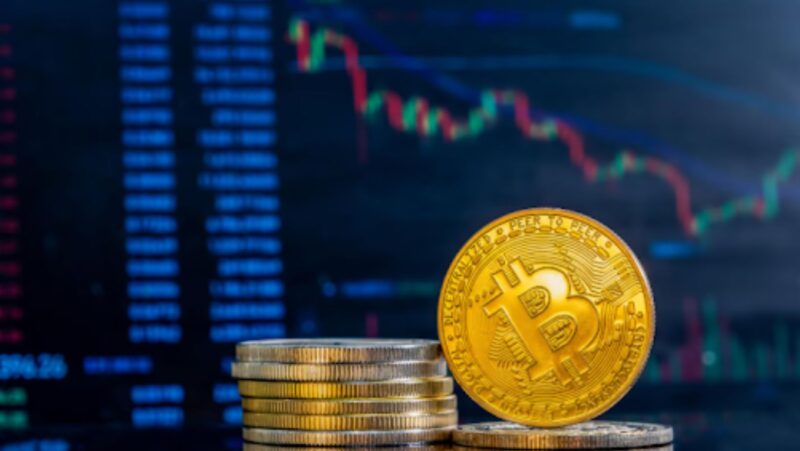
Let’s talk about something that’s reshaping how we trade crypto: stablecoins. These digital assets, particularly Tether (USDT), have become the backbone of crypto trading, offering a fascinating blend of stability in an otherwise volatile market. While the crypto world can feel like a roller coaster, stablecoins aim to provide that steady ground traders need to operate confidently.
Think of stablecoins as your reliable friend in the unpredictable crypto neighborhood. They’ve transformed how we move between traditional money and digital currencies, making it easier and more practical for everyday traders to participate. Whether you’re a seasoned trader or just getting started, understanding how these digital assets work isn’t just helpful – it’s becoming essential.
The Fundamentals of Stablecoins
At their core, stablecoins are like digital versions of regular money, designed to maintain a steady value by pegging themselves to something stable – usually the US dollar. It’s a bit like having a digital dollar that you can use instantly across the crypto world. They’ve become particularly important for investors looking to explore trusted gambling sites and exchanges because they are far less volatile. Stablecoins now represent a significant portion of the overall cryptocurrency market, playing a crucial role in daily trading activities.
The mechanics behind stablecoin stability involve sophisticated collateralization methods. Some stablecoins maintain their peg through direct backing with fiat currencies held in reserve accounts, while others use crypto collateral or algorithmic mechanisms. This diversity in stabilization approaches offers users different options based on their risk tolerance and usage needs. Understanding these underlying mechanisms is crucial for anyone looking to incorporate stablecoins into their trading or investment strategy.
Market Impact and Trading Dynamics
Here’s something that might surprise you: stablecoins aren’t just another crypto token – they’re the oil that keeps the entire crypto trading machine running smoothly. They’re involved in the majority of all cryptocurrency trading activities worldwide. They’ve become especially valuable during rocky market periods, like the shake-ups we saw in 2022 and 2023, providing a safe harbor when other cryptocurrencies were bouncing up and down like a yo-yo.
The liquidity provided by stablecoins has revolutionized market-making and arbitrage opportunities across different exchanges.

Traders can now execute complex strategies across multiple platforms without worrying about traditional banking hours or international transfer delays. This increased efficiency has led to tighter spreads and more competitive pricing across the entire cryptocurrency ecosystem, benefiting both retail and institutional traders.
Risk Assessment and Management
Now, let’s be real about the risks. Like any financial tool, stablecoins come with their own set of challenges. Regular monitoring of these assets is essential for maintaining market stability. Think of it like checking the foundation of a house – you want to make sure everything’s solid underneath. The key things to watch are how they’re backed, whether they’re playing by the rules, and how they handle market pressures.
Future Perspectives and Adaptation
The story of stablecoins is still being written, and it’s getting more interesting by the day. We’re seeing more serious players from traditional finance getting involved, with professional traders handling an increasing share of stablecoin trading volumes. It’s like watching a startup mature into a proper business – there are more rules to follow but also more opportunities for growth and stability. This evolution could mean better tools for managing risks and making trades more efficient, especially as regulations catch up with innovation.

As the cryptocurrency ecosystem continues to evolve, stablecoins are becoming increasingly integrated into both traditional and digital finance systems. Their role in providing liquidity, facilitating trades, and offering a stable store of value has made them indispensable to the modern crypto trading landscape. The ongoing development of regulatory frameworks and technological improvements continues to strengthen their position as a bridge between conventional financial systems and the crypto world.


